The Pontiac Firebird Formula 400 is a classic American muscle car that has captivated enthusiasts since its introduction. With its powerful engine and iconic design, the Formula 400 remains a favorite among collectors and car aficionados. This piece delves into the history, production timeline, and current collector prices of this remarkable vehicle, highlighting its enduring appeal in the automotive world.
History of the Pontiac Firebird Formula 400
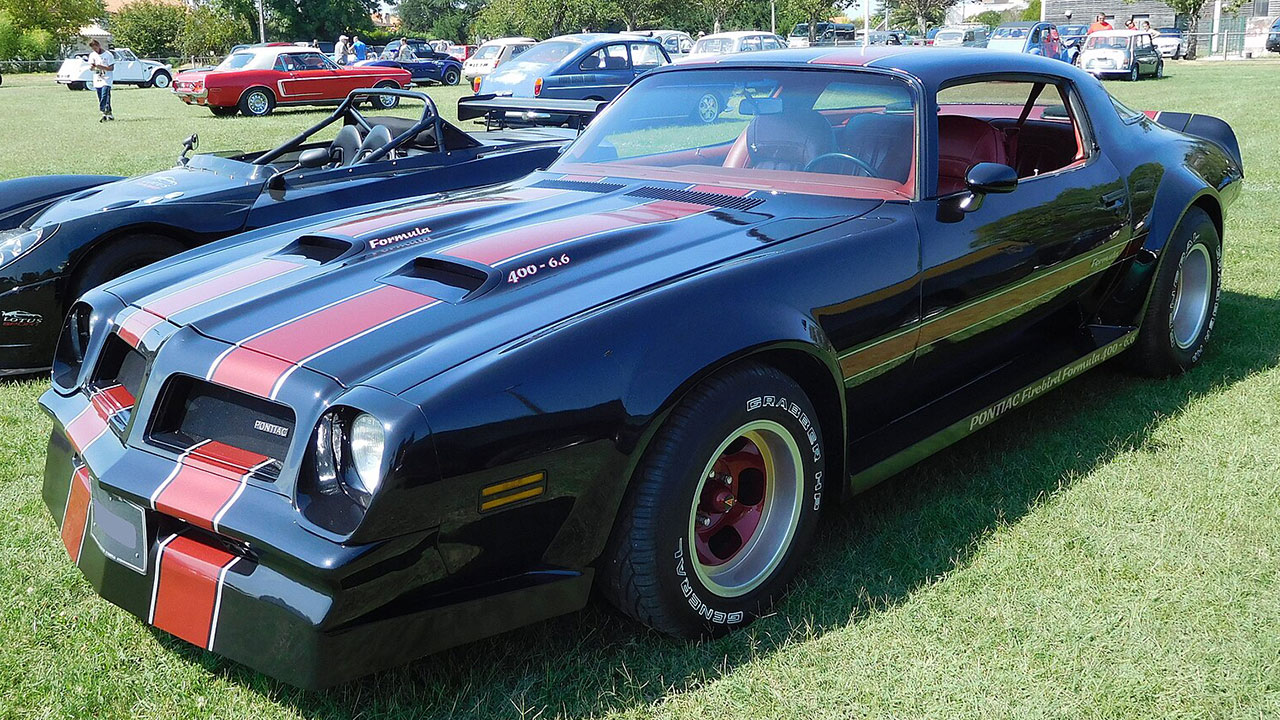
The origins of the Pontiac Firebird Formula 400 trace back to the late 1960s, when Pontiac sought to capitalize on the burgeoning muscle car market. Introduced as part of the Firebird lineup in 1967, the Formula 400 was designed to offer a balance of performance and style. With its sleek lines and aggressive stance, the Firebird Formula 400 quickly became a symbol of American automotive prowess.
Key features of the Formula 400 included a robust V8 engine, which initially came with a 400 cubic inch displacement, delivering impressive horsepower and torque. This powertrain was complemented by a performance-oriented suspension system, making the Formula 400 not only a straight-line powerhouse but also a capable handler. As the years progressed, the Formula 400 saw various updates and improvements, yet it retained its signature character that enthusiasts had come to admire.
Throughout its production years, the Firebird Formula 400 evolved in response to changing market demands and technological advancements. From its initial release, the car underwent several design and engineering refinements, including enhancements to its engine performance and aesthetic updates. Despite these changes, the core appeal of the Formula 400 — its blend of power and style — remained consistent, contributing to its lasting legacy in the automotive world.
Production Timeline

The production of the Pontiac Firebird Formula 400 began in 1967, a pivotal year for muscle cars. The initial models were well-received, earning a reputation for their impressive performance capabilities and distinctive design. As the muscle car craze continued to gain momentum, Pontiac capitalized on the popularity of the Formula 400 by refining its features and expanding its appeal.
Key production milestones for the Formula 400 include the introduction of new models and variations that further cemented its status among enthusiasts. For instance, the 1970 model year brought significant changes, including a new body style and improved engine options. These updates helped maintain the car’s relevance and desirability, even as competition in the muscle car market intensified.
Production of the Firebird Formula 400 continued until the early 1980s, with the final models rolling off the assembly line in 1981. The cessation of production was largely due to shifting market trends and increasing regulatory pressures, which made it difficult for muscle cars to remain viable. However, the end of production only served to enhance the Formula 400’s status as a collector’s item, as enthusiasts sought to preserve its legacy.
Collector Appeal and Market Value
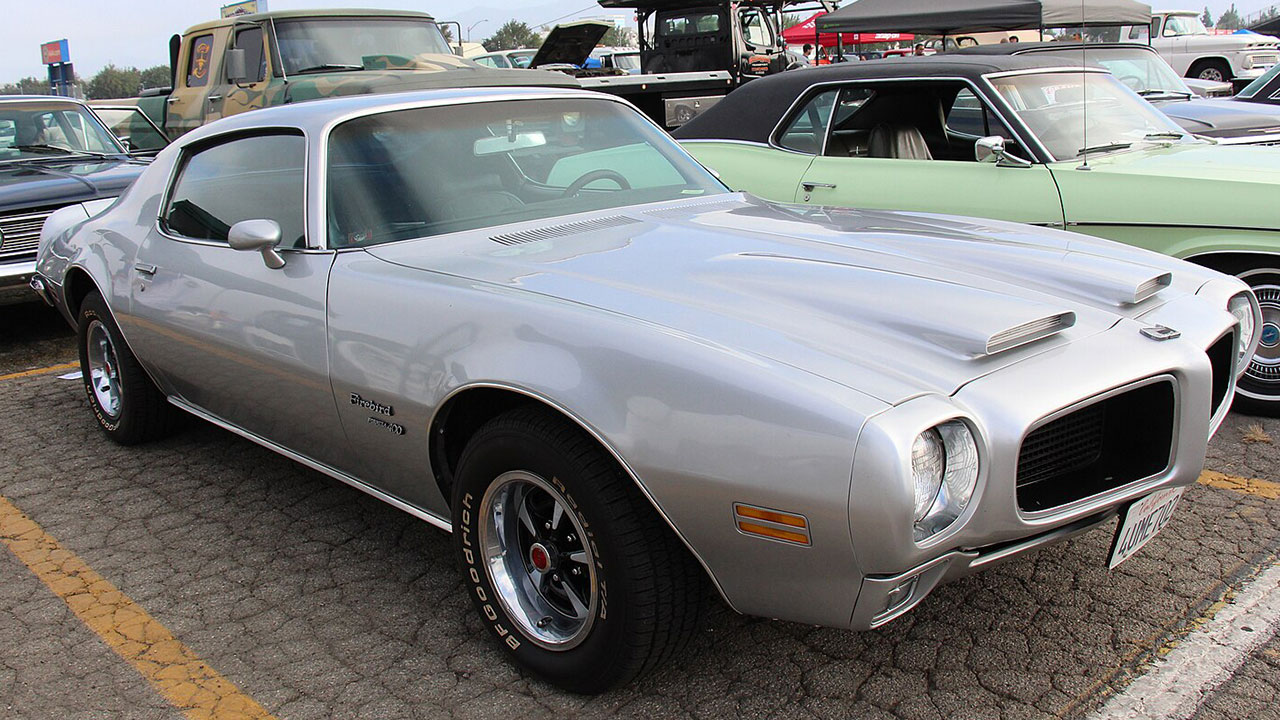
The Pontiac Firebird Formula 400 remains a highly sought-after collectible, thanks in part to its rarity and performance pedigree. Enthusiasts and collectors are drawn to the car’s powerful V8 engine, its distinctive styling, and its cultural significance as a quintessential American muscle car. Additionally, the Formula 400’s association with the golden era of muscle cars adds to its allure.
Current market prices for the Firebird Formula 400 reflect its desirability among collectors. Well-preserved models can command substantial sums at auction, with prices varying depending on factors such as condition, originality, and historical significance.
Looking to the future, the market for the Firebird Formula 400 is expected to remain strong, buoyed by a growing interest in classic American muscle cars. As these vehicles become increasingly scarce, their value is likely to appreciate, making them an attractive investment for collectors. Expert opinions and historical data suggest that the Formula 400 will continue to be a prized possession for years to come.
Notable Models and Variants
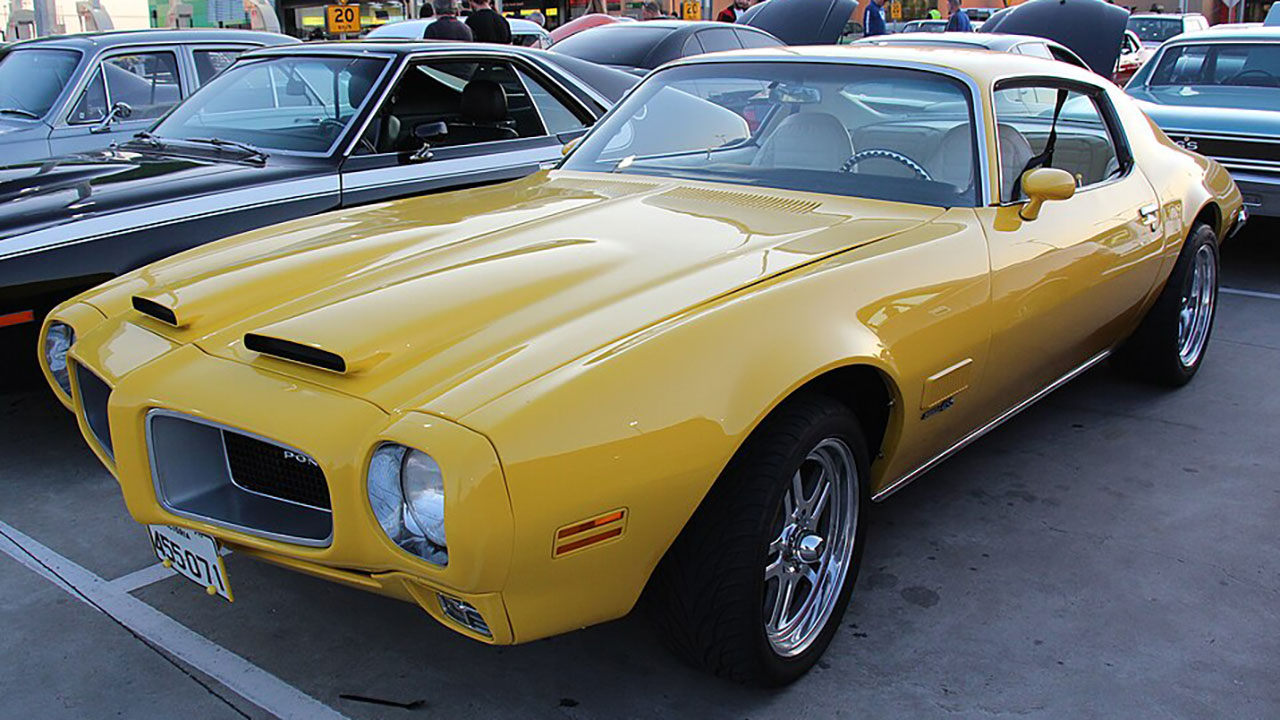
Among the various models and variants of the Firebird Formula 400, certain years stand out as particularly desirable. Notably, the 1970-1974 models are highly prized for their performance capabilities and iconic design. These years marked a peak in the Formula 400’s development, offering enhancements that resonated with enthusiasts.
In addition to the standard models, special editions and performance packages further enhance the appeal of the Firebird Formula 400. Limited-edition models, such as those featuring unique color schemes or upgraded components, are particularly sought after by collectors. These special variants not only offer enhanced performance and style but also contribute to the car’s cultural cachet.
The Firebird Formula 400 has also benefited from its appearances in media and associations with notable figures, which have helped to elevate its profile. Whether featured in films, television shows, or as part of celebrity collections, these connections have contributed to the car’s enduring appeal and collectability.
Restoration and Maintenance Tips for Collectors
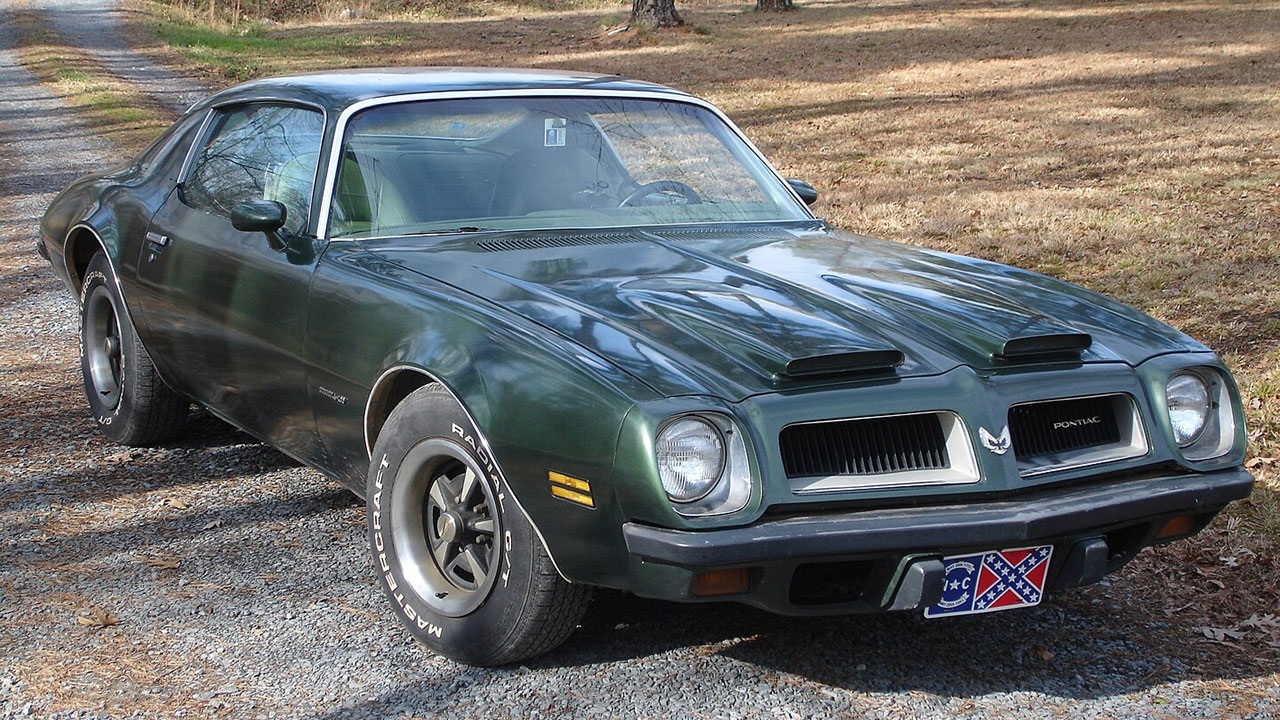
For collectors looking to restore a Firebird Formula 400, there are several common challenges to consider. Sourcing authentic parts can be a significant hurdle, as many original components are no longer readily available. Ensuring the authenticity of the restoration is crucial for maintaining the car’s value, making it important to seek out reputable suppliers and experts.
Preservation techniques are essential for maintaining the condition of a Firebird Formula 400. Regular maintenance, including engine tune-ups and bodywork inspections, can help prevent deterioration and preserve the car’s original features. Proper storage is also vital, as it protects the vehicle from environmental factors that can cause damage over time.
Collectors can benefit from tapping into expert resources and communities dedicated to the Pontiac Firebird. Joining clubs and forums provides access to valuable information and support from fellow enthusiasts. Additionally, resources such as collector’s guides and expert advice can aid in the restoration and maintenance process, ensuring that the Firebird Formula 400 remains a cherished part of automotive history.
Like Fast Lane Only’s content? Be sure to follow us.
Here’s more from us:
*Created with AI assistance and editor review.





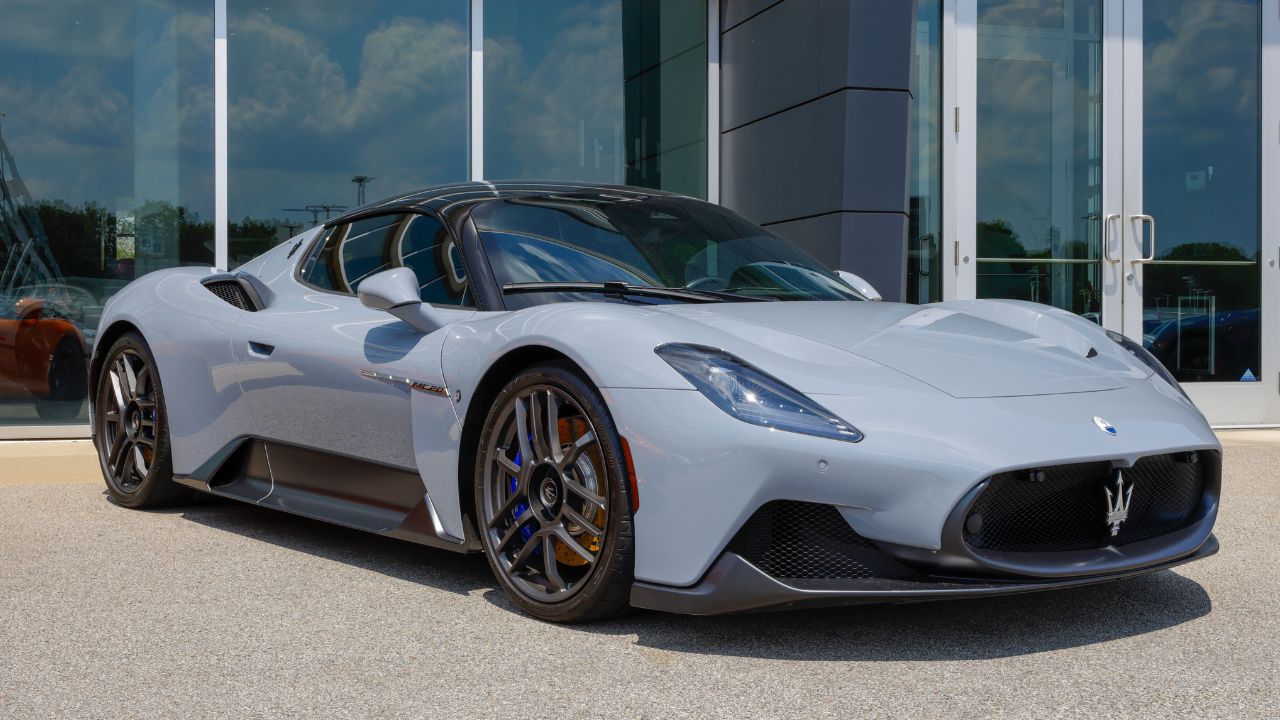

Leave a Reply